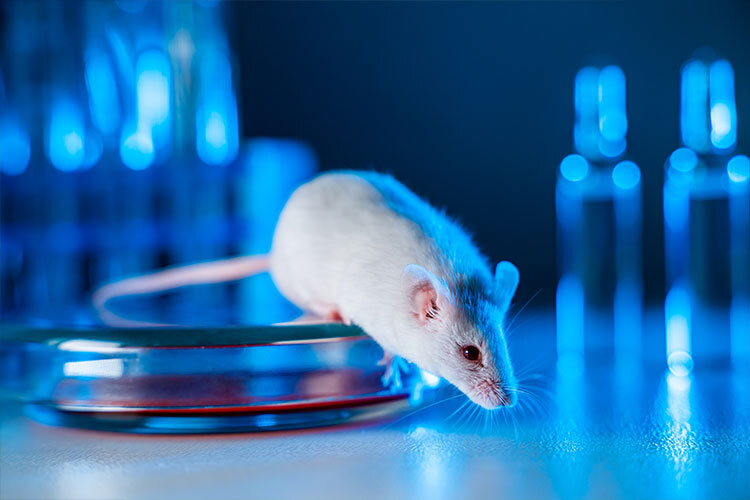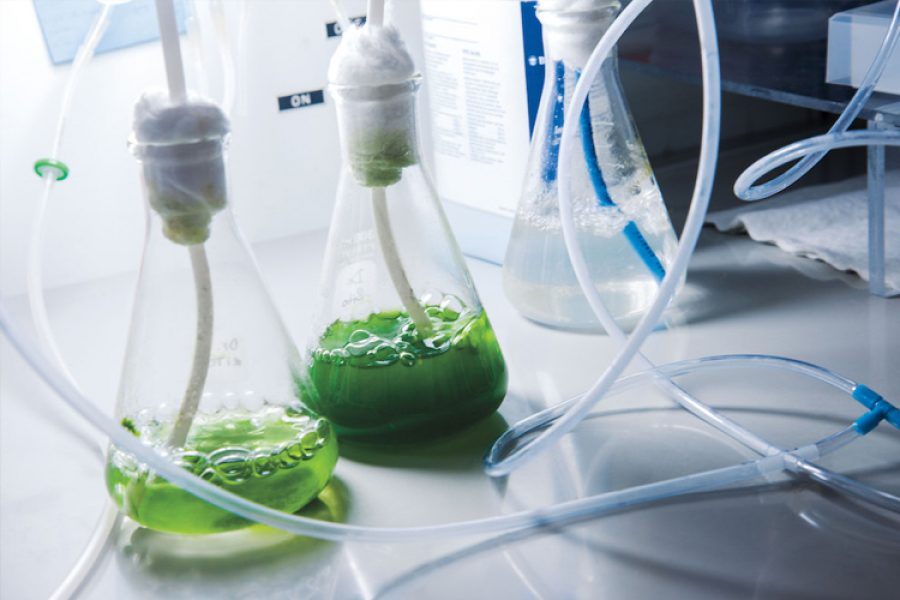As a drink containing hundreds of chemical compounds that influence how it tastes, finding the perfect formula to make a beer that most people like is difficult. The good news is that science can help detect which flavor profiles we like the most, but do we know what type of beer Mexicans’ prefer?
In each country, the type of beer −lager, ale, stout− most consumed varies depending on the preferences of its inhabitants, which are determined by cultural, biological, environmental, and psychological factors.
Recently, a group of researchers from the School of Engineering and Sciences (EIC) at Tec de Monterrey and the University of Melbourne, Australia, published the results of a study that analyzed the acceptability by Mexican consumers of six commercial beers, depending on their style, type of fermentation and chemical composition.
“The tastes of our population have not been studied that much, so we wanted to get a little bit into their minds,” says Carmen Hérnandez, a research professor at the EIC who participated in the study, in an interview with TecScience.
These findings can greatly help companies looking to launch a new beer or reformulate their products to achieve higher sales, using scientific research to guide the type of beer they produce, depending on the population they are targeting.
In Mexico, the beer industry is one of the most relevant, representing 1.5% of the Gross Domestic Product (GDP), with more than 8 million liters consumed annually.
What Type of Beer is Mexicans’ Favorite?
The idea of studying what type of beer Mexicans prefer arose when the researchers found publications in the media that said a compound present in the drink −called hordenine− increased dopamine levels in the brain and, therefore, made us happy.
“But in the study they were referring to, they had only tested it with the pure compound, not in the beer itself,” says Claudia González, a postdoctoral researcher at the University of Melbourne who participated in the study.
With this in mind, the group not only sought to understand whether hordenine can actually trigger positive emotions, but to understand what elements of different types of beer are associated with them being liked.
To analyze it, they sent boxes with beers of six different types, two top-fermented ones −American India Pale Ale and Stout− and four bottom-fermented ones −Pilsener, non-alcoholic Pilsener, Vienna Lager and Munich Dunkel− to fifty men and women from Monterrey in an age group of twenty to seventy-six years of age.
In addition, they sent them questionnaires about their sensory, gustatory and visual experiences, such as aroma, flavor, sensations, color and amount of foam when trying each type. The brand of each one was hidden to avoid bias.
On the other hand, each one of the beers was sent to a laboratory at the Biotechnology Center at Tec de Monterrey, where chemical analyses were carried out −chromatography and spectrophotometry− to find the amount of alpha-acids, hordenine, volatile aromatic compounds, and bitterness units.
Then, through statistical analysis, they found the most liked beers and associated them with the different chemical and physical profiles.
Lagers With Fruity Notes: The Favorites
After analyzing the different aspects of the six beers tested, they found that lagers -with or without alcohol- are preferred, especially those with light colors and medium-height foam. “Those with fruity aromatic notes were very popular,” says Hernández.
The authors clarify that fruity notes do not mean that the beer tastes like a specific fruit; rather, chemical substances present in these are also present in the drink.
On the contrary, those that had a higher concentration of hordenine and molecules associated with bitter taste and acidity, such as American India Pale Ale and Stout were the least liked.
“Stouts tend to be more bitter and in Mexico people are not used to that flavor,” says Gonzáles. “There is a biological explanation behind this, the brain rejects bitterness because it associates it with toxicity.”
Through other studies, the Australian-based researcher was able to verify that when tasting bitter beers, the alert areas of the brain -such as the amygdala- light up. She also found that hordenine is actually a compound associated with bitterness and that the molecules present that could be associated with well-being are others.
“What we have found so far is that what is most associated with happiness are other compounds, such as the sugars present in beer,” says González.
Although this study is limited to a small group of people, different national surveys have confirmed that in general, lagers are the most consumed beers by Mexicans, with brands such as Victoria and Heineken among the favorites.
In the future, the group plans to continue studying the chemical, sensory and physical aspects of beer, associated with consumer preferences.
“As engineers and scientists, we are applying new technologies, such as artificial intelligence, to understand the sensory aspects that help us enjoy drinks and food,” says Hernández.
Were you interested in this story? Do you want to publish it?Contact our content editor to learn more marianaleonm@tec.mx.















